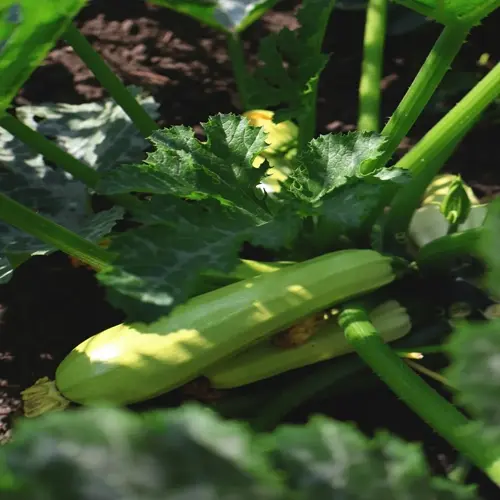How do I start a vertical herb garden?

Written by
Olivia Mitchell
Reviewed by
Prof. Samuel Fitzgerald, Ph.D.Starting a vertical herb garden adds fresh flavor to your cooking, without requiring the use of ground space. You can create effective growing areas on walls or balconies. This also addresses the space limitations encountered in cities. Proper setup will cause your herbs to flourish from the start.
Location Selection
- Choose south-facing walls for maximum sunlight
- Ensure easy access for watering and harvesting
- Verify structural support for system weight
Soil Preparation
- Mix 60% coco coir with 30% perlite
- Add 10% compost for initial nutrients
- Test drainage before planting
Irrigation Setup
- Install drip lines with morning timers
- Position emitters at root zones
- Include drainage catch basins
The herbs recommended for beginners exhibit easy growth patterns. (Basil) comes easily from cuttings. (Mint) grows well in small confined areas. (Chives) will flourish if frequently cut back. These hardy pre-cursors will quickly build confidence for the avid gardener. They should be placed where they can be reached easily.
Effectively preventing root rot relies on proper drainage. Ensure that all containers you live with have drainage holes. Add a layer of gravel to the bottom of a planter. Be sure to use a well-draining soil mixture. Make sure water flows before planting. These small tips will help ensure that your herbs grow well.
Positioning will significantly affect sunlight exposure. Pay attention to how sunlight patterns drift across your space, and position vertical structures with different orientations in different seasons. Use reflective surfaces to magnify the sunlight exposure. Rotate planters to ensure uniform growth in all plants. All of this is to maximize the photosynthesis potential.
Manage your vertical garden through simple tasks. Test soil moisture before watering. Trim herbs once a week to encourage bushy growth. Fertilize every month during the growing seasons. Be vigilant for early signs of pest activity. Consistently taking care of the garden ensures a continued harvest.
Read the full article: 12 Vertical Gardening Herbs You Can't Miss

